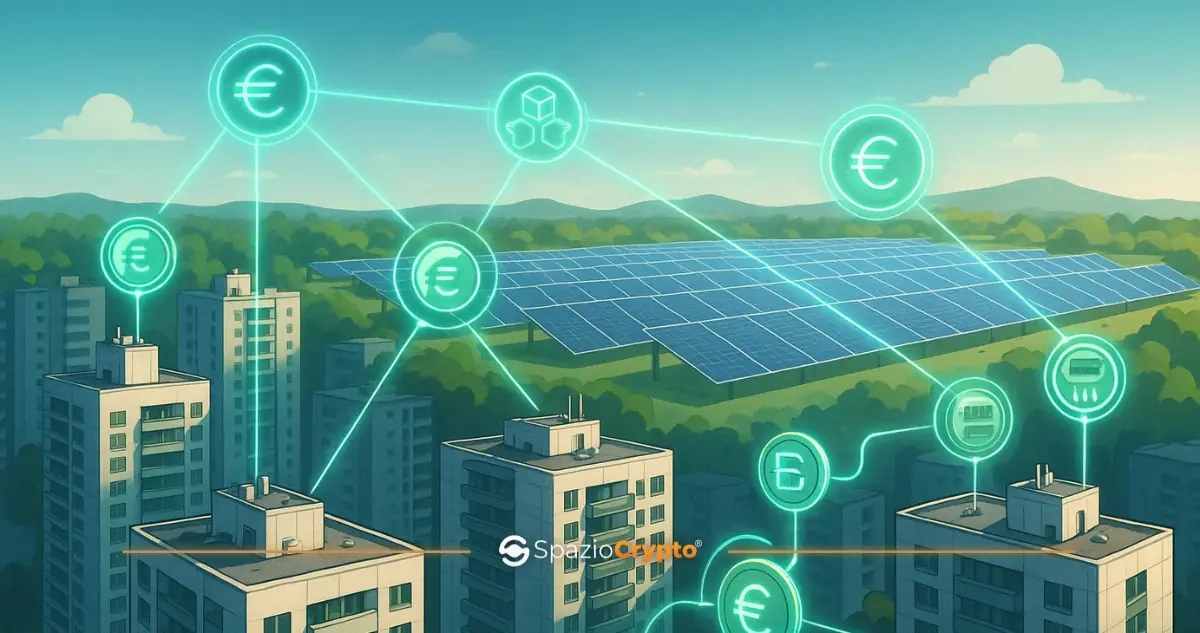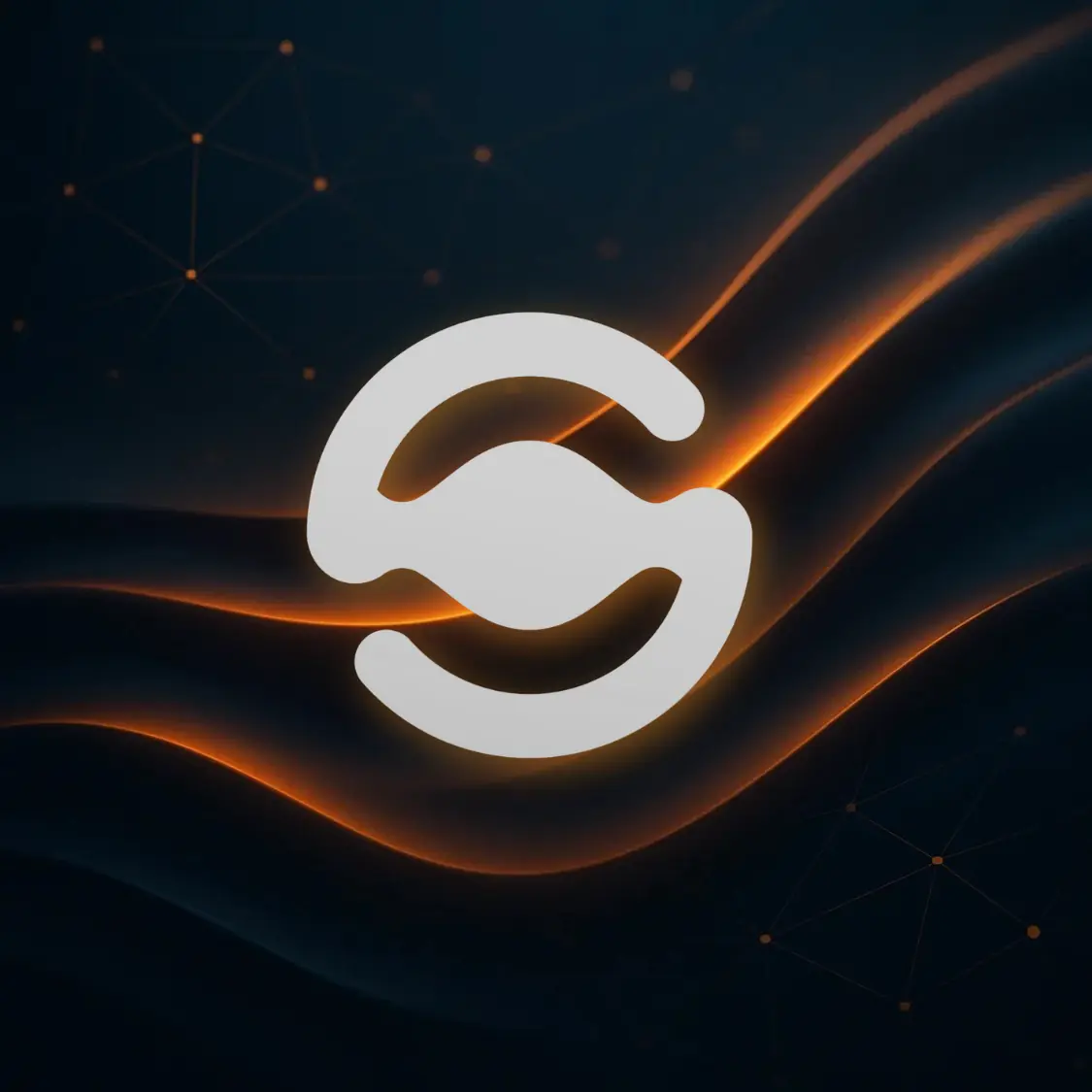
Enel and Conio Token Solar on Algorand
Enel and Conio launch an Algorand blockchain project in Italy to tokenize solar panels, making green energy accessible to all.

Enel and Conio launch an Algorand blockchain project in Italy to tokenize solar panels, making green energy accessible to all.

Get the latest news, learn from experts, discover new tools, and find inspiration right in your inbox.
No spam. Unsubscribe anytime.
A powerful documentary on how Bitcoin and blockchain are reshaping money, power, and geopolitics—from El Salvador’s Bitcoin experiment and Europe’s regulatory revolution to the rise of decentralized finance and the new global financial order.
Enel, one of the world's leading players in the energy sector, has introduced an innovative way to invest in renewable energy in Italy using blockchain technology. Together with crypto wallet provider Conio, it has launched a product that allows Italians to obtain fractional ownership of solar panels, without the need to install them on their own roof.
The essence of the model is 'tokenization': the transfer of rights to a part of a solar installation into digital tokens on the Algorand blockchain. These 'energy tokens allow holders to receive a portion of the generated electricity and use it to reduce their bills.
The pilot programme started on 24 January 2025 for a limited number of customers. At the time, Algorand's marketing manager Marc Vanlerberghe pointed out that Algorand was chosen for its stability, support for euro-regulated tokens and carbon neutrality.
The CEO of the Algorand Foundation, Staci Warden, particularly highlighted the flexibility of the project: "You can live in a skyscraper and at the same time pay your bills with a share of a solar panel installed outside the city."
How does the model work?
Enel maintains and monitors the systems, tracking energy production for each token holder. The system links smart contracts to data from sensors and meters, transmitting the information in real time to the blockchain. Each participant receives two types of tokens: one represents an ownership stake in the plant, the other is an 'energy' reward linked to production.
Why is this important?
How did it all start?
The initiative was born in February 2024, when Enel proposed the idea to Conio. By March the architecture of the solution was ready and by December the tokenization platform for real assets had been completed. Testing began in January 2025.
Future and Conclusions
Enel's ebitts platform is one of the most promising concrete examples of the use of blockchain in the energy sector. Enel retains control of the infrastructure, Conio ensures regulatory compliance, and users have an easy way to participate in the transition to green energy.
The project demonstrates that blockchain can also be successfully used outside the crypto world: for the management of physical assets, large-scale multi-user systems and environmental initiatives. It offers transparency, automated accounting, independence from geolocation and participation even remotely.
In general, this model can become a reference for other countries, especially where a large part of the population lives in flats and cannot install solar panels. The use of tokens and blockchain opens up a new format for investing in ecology and sustainability, making energy accessible, transparent and modern.
Read Next
Aster and Brevis join forces to offer privacy and speed with ZK to DEX
Aster integrates Brevis' zero-knowledge technology to offer faster, cheaper and selective privacy multi-chain trading.
Quantum Computers and Bitcoin: The Real Threat Is Not Code, but Consent
With the advancement of quantum computing, Bitcoin faces a deeper challenge than just cryptographic risk: a political conflict over old currencies and network consensus.
Ferrari and the 499P Token: Luxury in Blockchain, but Liquidity Remains Zero
Ferrari introduces the 'Ferrari 499P Token', a move that combines luxury and blockchain. However, the operation, reserved for an elite group of customers, seems more an image experiment than a real step towards liquidity in Bitcoin or Ethereum.
North Korea: The Ultimate Cyber-Attack? Evasive Malware and Blockchain in the Crosshairs.
According to Cisco Talos and Google, the North Korean groups Famous Chollima and UNC5342 are employing new strains of decentralised malware (such as EtherHiding and the BeaverTail/OtterCookie pair)